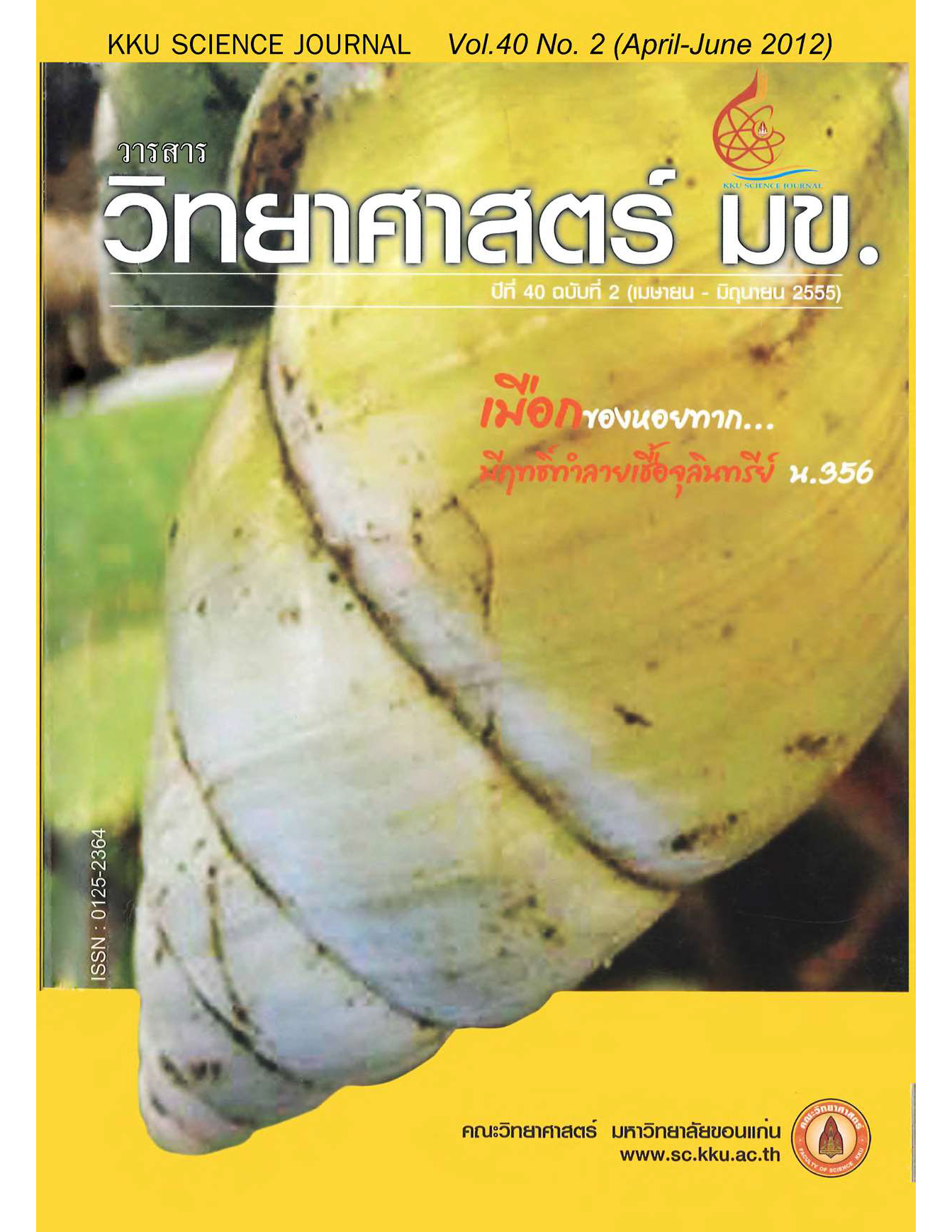Natural Dyed Indigo Silk
Main Article Content
Abstract
Indigo blue can be extracted from many tropical plants. It is insoluble pigment in water. Before dyeing, the indigo blue must be base-oxidized to leuco form (indigo white) which is colorless and dissolves in water. The process was reduced by reducing agents under alkaline condition. For industry process, sodium dithionite dissolve in sodium hydroxide were used as reducing agent but it’s by products are toxicity. Therefore, sodium borohydride was reduced by using potassium nicklecyanide as catalyst under nitrogen condition, which was. satisfying outcome. Zinc lime vat is one of indigo white preparing. Indigo blue, zinc powder, lime and methanol were reduced indigo bath with lower temperature than 60 °C. However, repeating of dye process can be decomposed the yarn. The process of Indigo blue fermentation was used ash lye and need microorganism for equilibrium, this process used among Japanese, Korean, Laotian and Thai wisdom.
Indigo white is the better for textile dyeing such as cotton. Indigo gave the bluish to dark blue color on the cotton, whereas the affinity of silk for dyes is weaker for third of cotton. Several time in dyeing process can be denature protein of silk. Fabrics of silk are less resistance under alkaline condition comparing to cotton. According to chemical structure of Indigo white, the numbers of hydrogen bond between Indigo white and cellulose of cotton are higher than Indigo white and protein of silk. That result for silk obtains less blue in the indigo natural dye. So the improvement of vat substance to mix with pigment in order to reduce the indigo pigment particles together in the formation of the lowest alkaline and adding up some essential compound to extend the hydrogen bond between Indigo white and silk.
Article Details

This work is licensed under a Creative Commons Attribution-NonCommercial-NoDerivatives 4.0 International License.


